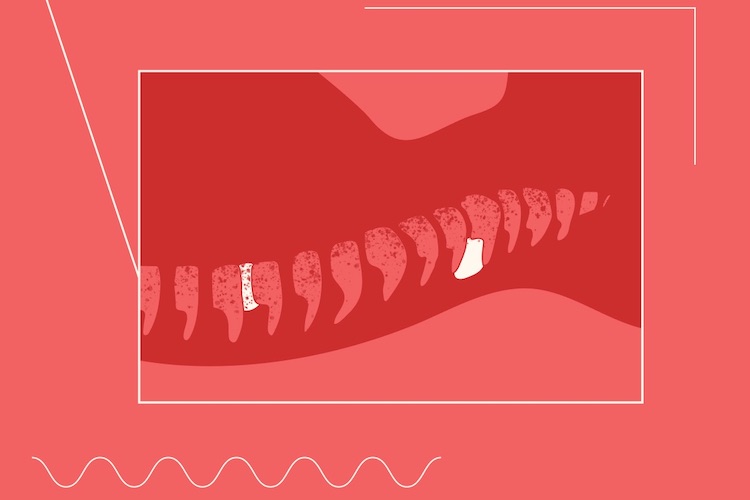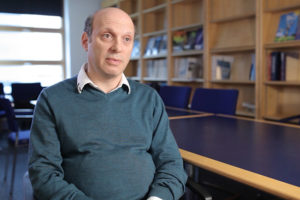Huntington’s Disease
Molecular Neurogeneticist David Rubinsztein on the Kennedy disease, CAG repeats, and autophagy

In March 2015, the Journal of Neurophysiology published a paper titled “Short-term peripheral nerve stimulation ameliorates axonal dysfunction after spinal cord injury” about the new ways of rehabilitation after spinal cord injury. We have asked one of the authors of this research, Dr. Michael Lee from The University of Sydney, to comment on this work.
We investigated function of peripheral nerves in 22 patients with acute SCI. Using novel electrophysiological techniques (nerve excitability), we were able to show that the peripheral motor nerves below the level of SCI displayed numerous excitability abnormalities which is indicative of functional changes in the biophysical properties of the axonal membrane. In this study, we were interested to see whether this adverse downstream effect of SCI could be reversed with a short-term peripheral nerve stimulation therapy.
We randomly assigned one upper limb and one lower limb nerve to a daily regimen of 30-min peripheral nerve stimulation for 6 weeks. All study participants continued with standard rehabilitation during the study period. Our results showed that 6-weeks of daily peripheral nerve stimulation reversed a number of nerve excitability abnormalities, and in some cases normalized it to a level comparable to healthy age-matched subjects. The nerves in the opposite, non-stimulated limbs remained dysfunctional over the 6-week period.
This study built upon our previous work which identified ion channel dysfunctions in peripheral motor nerves following SCI. Here we showed that this secondary peripheral nerve dysfunction could be reversed with a short-term program of peripheral nerve stimulation. We believe that repetitive electrical stimulation of the nerves improved the biophysical properties of axonal membrane by normalizing various energy-dependent processes and this in turns enhanced the responsiveness of these peripheral nerves to concurrent rehabilitation therapies.
Most of the research in SCI rehabilitation has primarily focused on the repair or regeneration of the damaged upper motor neurons, with very little attention being paid to the functioning of lower motor neurone (i.e., the peripheral nerves). The results of our study have significant future implications for both the management and rehabilitation of SCI. First, clinicians need to routinely screen for peripheral nerve dysfunction in patients with SCI, especially those with new complaints of muscle weakness and sensory loss.
Second, targeted therapies which improve or maintain peripheral nerve function (such as the electrical nerve stimulation program used in our study) need to be considered in the early phases of SCI, because maintenance of peripheral nerve function from an early stage may lead to better functional recovery down the track. Lastly, peripheral nerve stimulation maybe used as a preventative therapy to maintain neural function in peripheral nerves that are more prone to chronic compression.

Molecular Neurogeneticist David Rubinsztein on the Kennedy disease, CAG repeats, and autophagy

Neurophilosopher Patricia Churchland on altruism, the hormone of sociality, and moral dilemmas

Biomedical engineer Robert Langer on drug delivery, treating cancer, and problems of introduction of new metho...